People's Climate March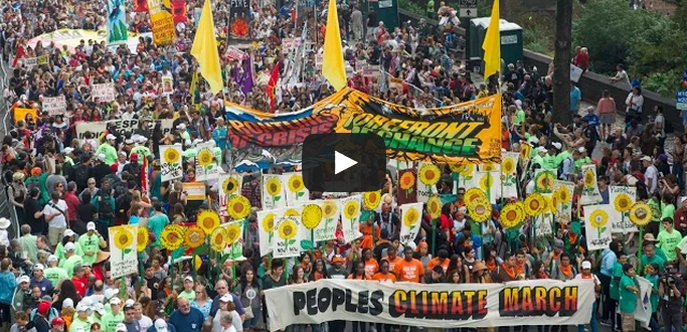
Last spring, when the Sierra Club started helping organize what would become the People's Climate March, we were hopeful that 50,000 people would come to New York City to participate. As September 21 approached, a buzz started to circulate that the march would be bigger than anticipated; much bigger. And on the morning of the event, some 400,000 citizen activists from all corners of the U.S., Canada, and beyond converged on Central Park West, packing the street from sidewalk to sidewalk from 59th Street nearly up to Harlem. The People's Climate March -- which also attracted 25,000 Sierra Clubbers; the largest-ever gathering of Club members and supporters -- is now widely considered the largest climate march in history. If world leaders listen to the alarm being sounded by everyday citizens, future generations may look back on the People's Climate March as the watershed moment when the tide finally turned in the fight against climate disruption.
Nearly 900,000 Acres Protected As New National Monuments
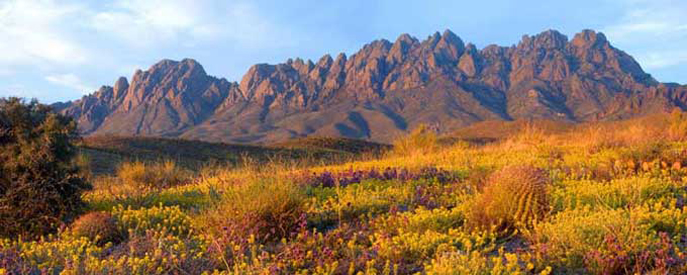
President Obama designated three new national monuments this year and hugely expanded a marine national monument in the Pacific Ocean. The president protected the Point Arena-Stornetta Public Lands in Northern California as an addition to the California Coastal National Monument, designated nearly half-a-million acres in New Mexico as the Organ Mountains-Desert Peaks National Monument (above), and signed the San Gabriel Mountains National Monument into law in "L.A.'s back yard." The president also expanded six-fold the Pacific Remote Islands Marine National Monument southwest of Hawaii, making it the largest protected ocean ecosystem on earth. Meanwhile, Congress passed its first land protections in five years when it designated 35 spectacular miles of the Sleeping Bear Dunes National Lakeshore in Michigan as wilderness. In other good news, vital habitat for the endangered Florida panther was spared when a drilling company, under intense pressure from the Sierra Club and its allies, terminated its lease holdings in environmentally sensitive areas of the Everglades and Big Cypress Swamp watersheds. And in a surprise move on December 16, President Obama announced that he had acted to preserve Alaska's Bristol Bay for future generations by withdrawing it from any consideration for oil or gas leasing for purposes of exploration, development, or production. "It's too precious for us to just put out to the highest bidder," the president said.
The Keystone Pipeline Didn't Get Built
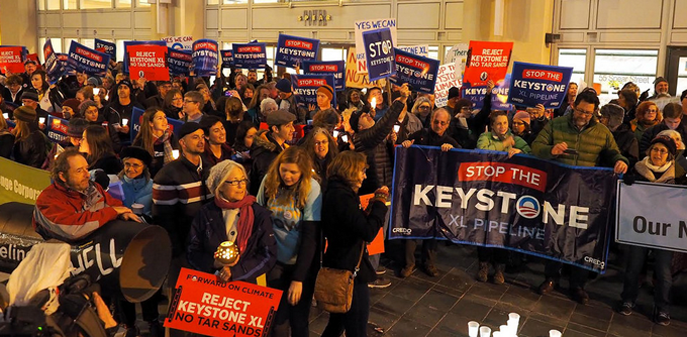
There was a time, not all that long ago, when it looked like momentum was on the side of the Keystone XL tar sands pipeline getting built to pump dirty tar sands crude oil from Alberta to the American Gulf Coast. But the Sierra Club and its allies never lost faith that once the public -- and the president -- realized how unnecessary, polluting, and destructive KXL truly was, the momentum would shift. And so it has. In February the Club helped organize nationwide vigils against the pipeline; in April thousands of citizen activists converged on the National Mall in Washington for a week of "Reject and Protect" rallies against KXL; and thousands more rallied in 100 communities and 43 states from coast to coast in May for a National Day of Action against fossil fuels and KXL. (And of course, there was that 400,000-strong march in New York City in September, where KXL came under withering attack.) On November 18, by a single vote, the U.S. Senate stopped legislation that would have approved construction of the pipeline.
Clean Energy Comes On Strong
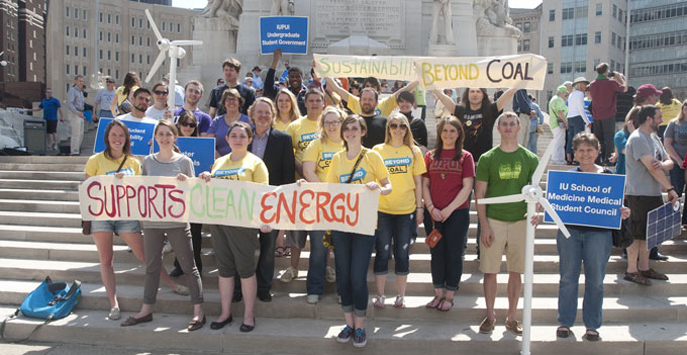
From small towns to big cities, this year saw an increasing number of community victories for clean energy over fossil fuels. A random sampling: In Indianapolis, Indiana Power & Light announced it would retire its Harding Street coal plant by 2016 and invest in clean energy. The Los Angeles Department of Water and Power approved a major new energy-efficiency mandate, and residents of North Omaha, Nebraska, cheered when the local power district agreed to retire the nearby coal plant and invest in energy efficiency. Thousands spoke out against a proposed rooftop solar fee (also referred to as a "sun tax") in Utah, and the state public service commission rejected it. Across the Pacific Northwest, public opposition to proposed coal export terminals caused many to be rejected or blocked, prompting one major backer to sell its stake in the plans. And just last week, the Austin, Texas, city council responded to citizen pressure when it voted to phase out the city's dirtiest fossil fuel plants and achieve 55 percent clean energy by 2025. The solar and wind industries continued their rapid growth in 2014, setting records, powering millions of homes, and employing tens of thousands of Americans. More Americans now work in in the solar industry than in coal mines.
U.S. and China Announce Joint Climate Targets

On November 11, just a week after the midterm elections, the United States of America and the People's Republic of China -- the world's top two greenhouse gas emitters (although not in that order) -- announced an ambitious joint plan to curb carbon emissions and spur nations around the world outline their own plans to combat climate disruption. The U.S. will cut its greenhouse gas emissions to between 26 and 28 percent below 2005 levels by 2025, and China will attempt to peak its CO2 emissions by 2030 -- possibly sooner. China will also seek to get 20 percent of its energy from non-fossil fuel sources by 2030. "China's pledge to cap its emissions is momentous, and should compel India and other developing nations to set their own ambitions targets," says Sierra Club executive director Michael Brune. "But the game changer in this announcement is China's goal of producing 20 percent of its electricity from carbon-free sources by the end of the next decade. The new targets set by President Obama and President Xi Jinping have put the international community on notice: It's time to put up or shut up."
EPA Proposes National Clean Power Plan

In June, the EPA proposed a first-ever plan to cut carbon pollution from existing power plants. The emissions standards outlined in the Clean Power Plan will not only help combat climate disruption, they will also help reduce other power plant pollution such as soot, smog, and mercury that threatens our health, our air, and our water. For decades, power plants have been allowed to dump unlimited amounts of carbon pollution into the air, pushing our climate to the brink and saddling us with billions of dollars in healthcare costs each year. The commonsense Clean Power Plan would reduce carbon pollution from the power sector by 30 percent over the next decade-and-a-half -- the equivalent of taking nearly two-thirds of America's cars and trucks off the road. Sierra Club members around the country have joined with their fellow citizens, allied organizations, and elected officials in voicing their support for the national protections, which would also spur innovation and accelerate the clean-energy economy to create good American jobs. As of December 1, eight million people have submitted comments supporting the Clean Power Plan and urging stronger action on carbon pollution.
ALEC Spurned

The American Legislative Exchange Council (ALEC), bankrolled by major corporations such as Koch Industries, Exxon, and Philip Morris, is the right-wing legislation factory behind Stand Your Ground Laws and attacks on voting rights. Nearly 2,000 state legislators are members of ALEC, which is seeking to pass dozens of laws across the country that would repeal clean-energy laws, undermine the EPA's Clean Power Plan, support the Keystone XL pipeline, and further deregulate fracking. In response, the Sierra Club and its allies in the Climate Movement teamed up to apply public pressure on corporations to quit their ALEC membership. Over the past year, supporters of SierraRise, an online community working for justice, sustainability, and genuine democracy for all, have submitted nearly half a million petition signatures to key companies and elected officials, urging them to cut their ties with ALEC -- including 175,939 petition signatures to Google and 74,598 to Facebook, both of which announced this fall that they are ditching their support of ALEC. At this writing, 99 corporations have announced that they are cutting ties with the right-wing extremist lobbying group.
Electric Vehicle Sales Hit 250,000 in U.S.
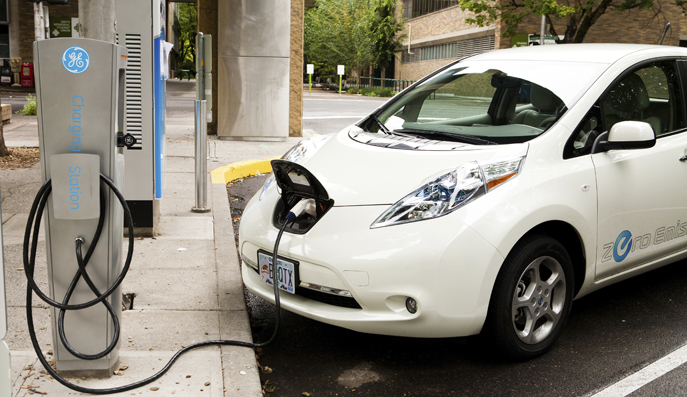
In a nice bit of serendipity, electric vehicle sales in the U.S. hit the quarter-million mark during National Drive Electric Week this September. More than 90,000 people attended events held in 150 cities in 39 states and abroad during the fourth annual observance of National Drive Electric Week (formerly National Plug In Day), organized by Plug In America, the Sierra Club, and the Electric Auto Association. More than 5,500 participants took electric vehicles on test drives to experience the fun, quiet, and clean-air benefits of EVs first-hand. Sales of battery-electric and plug-in hybrid EVs are growing, thanks in part to new EV consumer incentives and policies the Sierra Club has promoted. There are now upward of 20 plug-in models on the U.S. market. "The dramatic increase in the number of plug-in electric vehicles on the road is just the latest example of how American consumers are demanding 21st-century solutions to energy and the climate crisis," says Sierra Club executive director Michael Brune. For more on EVs, check out the Sierra Club's electric vehicle guide and take our "Pick a Plug-In" online quiz.
Wilderness Act Turns 50, Endangered Species Act Turns 40
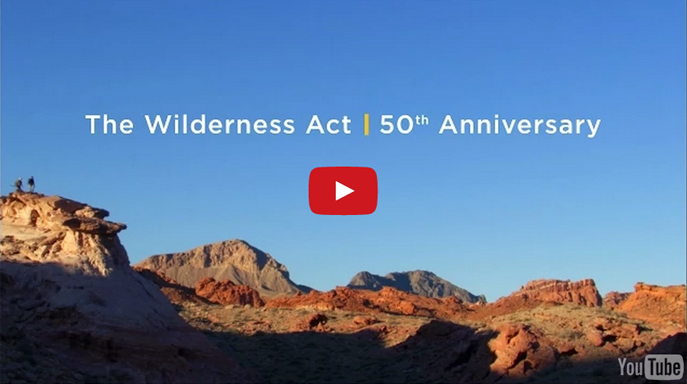
The Wilderness Act Turned 50 this year, and the National Wilderness Conference in Tucson in October was the biggest gathering of the wilderness community since the passage of the Act. Signed into law by President Lyndon Johnson on September 3, 1964, the Wilderness Act -- which underwent some 60 drafts over the course of eight years, with key input from the Sierra Club -- created the legal definition of wilderness in the U.S. and protected 9.1 million acres of federal land. Today the National Wilderness Preservation System totals 757 areas encompassing nearly 110 million acres of federally owned land in 44 states and Puerto Rico -- equivalent to 5 percent of the land in the U.S. (Check out this beautiful slideshow of federally-protected wilderness landscapes, and this short film that was on display at the National Museum of Natural History in Washington, D.C., during Wilderness Week this September.) Meanwhile, the Endangered Species Act celebrates its 40th anniversary on December 28. Signed into law by President Richard Nixon in 1973, the Endangered Species Act has been more than 99 percent successful at preventing the extinction of wildlife under its protection, making it arguably the most effective tool we have to conserve species and biodiversity in our country.
Sierra Club Gets Over a Quarter-Million People Outdoors
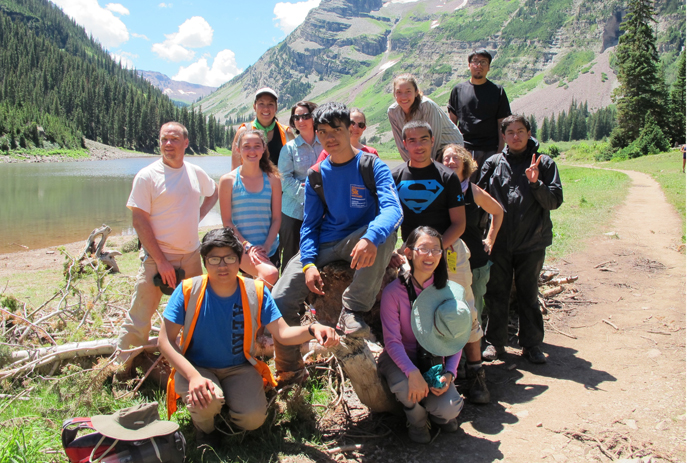
"Going outdoors reminds us that we are part of a larger world and connected to more than just ourselves," says Sierra Club Outdoors' associate director Melanie MacInnis. This year, through its various outings programs, the Sierra Club was responsible for getting over 265,000 people outside. About 3,000 participated in paid National Outings, while 262,000 more hooked up with Sierra Club Outdoors' local outings, Military Outdoors trips, or Inspiring Connections Outdoors (ICO) adventures. Local chapters and groups offered more than 1,500 mostly free outings, from day hikes, peak scrambles, bicycling, cross-country skiing, birdwatching, conservation-oriented walks, and forays into natural areas in urban settings. ICO, which has 56 volunteer-led groups nationwide, conducted over 900 outings for 14,000 mostly youth participants, and the Club's Military Outdoors program got 50,000 service members, veterans, and their families into the great outdoors in 2014. "We go because it fuels us, it restores us, it reconnects us to our loved ones, and it reminds us not just to dream of far horizons, but from time to time walk toward them," says veteran and Sierra Club Outdoors director Stacy Bare.